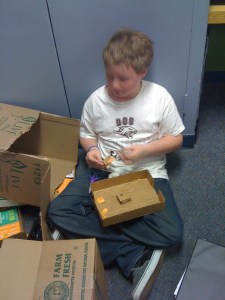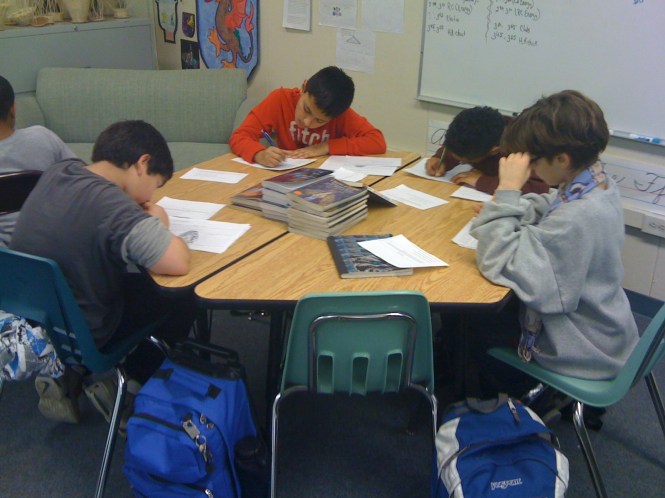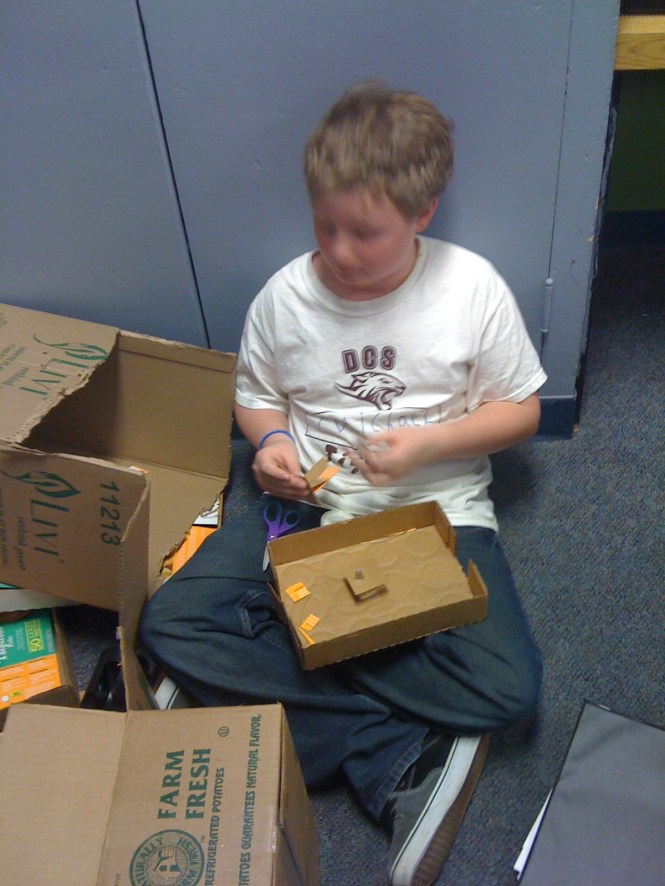
Engineering 101

- Reading, Writing and Thinking
Jack Taub was a mentor of mine. You may never have met him.He recently died without making his dreams of an independent educational initiative for every child a reality in America. He invested his life and funds in trying to make this dream come true.
He was a cheerleader for education who tirelessly campaigned to make a difference, a transformation of learning . He had been a cheerleader for education for me. I have been to endless meetings where he pitched his dreams and ideas. He wanted to launch a thousand schools of transformation based on the Tracy Calidornia, model.
History
Before I met Jack, I was a Christa McAuliffe Educator for Diversity. That put me in touch with Chris Dede , and Seymour Papert to name a few of the innovative educators we were learning from. We worked through the NEA, NFIE. Teachers contributed money on the death of Christa in the shuttle accident to innovative teaching and learning.
Home
Today the NEA Foundation’s works in closing achievement gaps highlights the importance of engaging not only the teachers who provide instruction, but the principals who lead buildings, the superintendent who runs the district, the families who send their children to school and the teacher association leaders who negotiate the working contract for public school employees. Together, these groups are shaping learning environments and opportunities for all students to achieve at higher levels.
Learning Transformational Practice
There was so much to learn. So many ways to use technology and too little permission and or understanding in the schools. We worked hard to demonstrate this technology. With NCLB, in spite of the gathering of experts who talked about STEM and purposed use of technology teachers were reduced to teaching for the test, or suffering from the results of too much testing. The tests might have been ok, but there were school tests, practice tests, grade level tests, special focus tests.. you get my drift.
When I met Jack Taub it was long after my star had set. I was no longer in the press, working for the Lucas Foundation, or influential. He was using his influence to breathe life into my dreams of a level playing field in education.
I was attracted to educational transformation by a chance encounter trying to solve problems for a child who was being labeled as unable to participate in regular education because of a writing handicap. The child was brilliant, he just could not physically write.
At the time that I was caring for this child, hoping to save him from being labeled, I decided to let technology into my classroom. It is not that I was disliking technology. I had no idea of the power of technology. At the time, I did not think I needed too much technology. After all I was trained by NASA, taking classes at the Smithsonian, and taking workshops from a number of places. I had resources and I knew how to make a beuutiful classroom. But..this is the problem.. the kids wanted to use the technology. I was letting one child use the technology and they all wanted to.
Time for a sea change.
Theme based learning, parent involvement, community involvement. This was what seemed like very hard work.The hardest part of it was learning to involve parents, the planning, the sharing and the students learning to use the tchnology.
Students mentored others, parents helped me when National Geographic had new ideas and resources that the tech support team did not understand.
Here is what happened. We were able to get more computers because other teachers did not want to be bothered with the technology. Frank Withrow and Jenelle Leonard had some initiatives going from the Department of Education , and my kids, parents and I were on the fast track to tranforming educational practice.
So what happened to that student who was having trouble you would be surprised at the outcome. He loved to write on the computer. More than that he often pushed my abilities and ended up teaching or learning something with me. I found to my surprise that for the plays, the kids would make the handouts, create art and make the flyers. This was great. He won my first computer for me. More important he escaped being placed in special education because his writing skills won him national prizes and confirmation of his abilities.
Before that I used to take a computer home on weekends.. Hint. It was NOT a laptop.
Games
Games were a part of our learning as well. MECC was allowing students and teachers license to use the games and simulations in the classroom. This also made for a transformation. Games were not accepted in schools in many places. However, MECC allowed me to work with them and to demonstrate the games that they had then. We also were able to create out own games using basic and a few simple languages. School was a fascinating place to my students, and community. We had NASA, National Geographic, and NSTA. We were on the edge of the new learning cuve. Kidsnetwork was one of the projects that we were able to explore. I was able with the National Geographic to fall into technology during a summer.
The learning experience that summer was more than transformational. There was geography, social studies, research and other ideas that you can find at http://www.mywonderfulworld.org.
The better I got at using technology, the more difficult it was to stay in a classroom. Fortunately, I was involved with the Clinton White House in several initiatives. We at the National Informational Infrastructure ASdvisory Council, worked with the White House to infuse technology into the schools of the US. So I had mentors all over the place.
The Tracy Learning Center is the first in a network of research and development schools implemented to demonstrate Emaginos Learning. The Tracy Learning Center is a dynamic response to the compelling need to revolutionize teaching and learning. The foundation for Emaginos Learning has its beginning in the vision, creativity and innovation used to design the Tracy Learning Center. The Tracy Learning Center opened in July 2001 and operates as a K-12 charter school. The Tracy Learning Center serves as a model for both public schools and learning in the private sector. It is an innovative collaborative of industry, education and government that provides a positive change in the process of learning.
This is a model you should see. This is a model that should be disseminated in geographically and educational correct models.
While I wait and hope for funding, I am being supported in ideas by the groups working in Supercomputing and in the Teragrid communities. The Shodor.org, foundation has a great set of curriculum materials. I have grown in my understanding of computational thinking and supercomputing applications.
To keep my teaching focus. I go to workshops on Saturday , in Washington DC, in Naylor Gardens to help instruct willing minority students in GPS, GIS and use of the computational sciences. I work with Dr. Jesse Bemley , a computer scientist and other volunteers on Saturdays to transform , inform and create an awareness of new ways of learning .
I get inspiration from the Nationsl Science Board workshops . 

Bonnie Bracey Sutton





